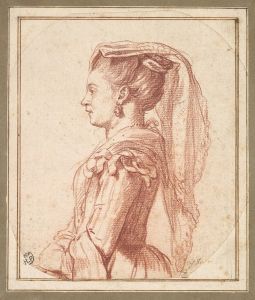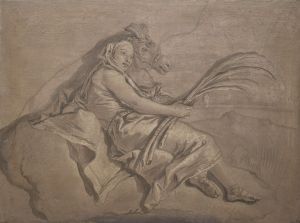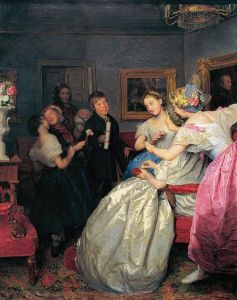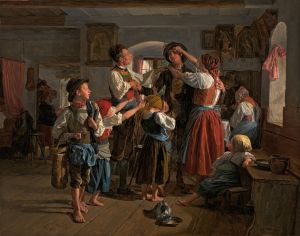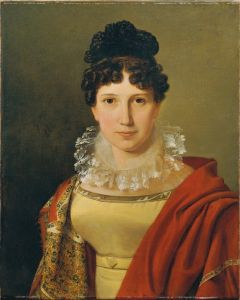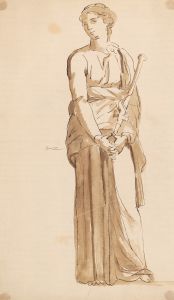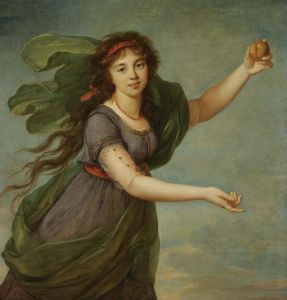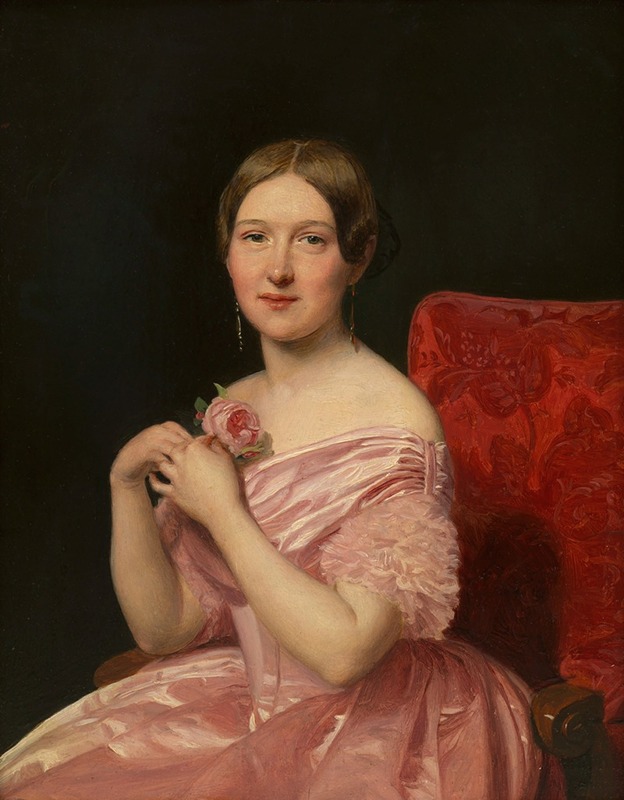
Junge Dame in rosafarbenem Atlaskleid
A hand-painted replica of Ferdinand Georg Waldmüller’s masterpiece Junge Dame in rosafarbenem Atlaskleid, meticulously crafted by professional artists to capture the true essence of the original. Each piece is created with museum-quality canvas and rare mineral pigments, carefully painted by experienced artists with delicate brushstrokes and rich, layered colors to perfectly recreate the texture of the original artwork. Unlike machine-printed reproductions, this hand-painted version brings the painting to life, infused with the artist’s emotions and skill in every stroke. Whether for personal collection or home decoration, it instantly elevates the artistic atmosphere of any space.
Ferdinand Georg Waldmüller was an Austrian painter renowned for his contribution to the Biedermeier period, a time characterized by a focus on the middle class and a detailed, realistic style. One of his notable works is "Junge Dame in rosafarbenem Atlaskleid," which translates to "Young Lady in a Pink Satin Dress." This painting exemplifies Waldmüller's skill in portraiture and his ability to capture the elegance and grace of his subjects.
The painting depicts a young woman dressed in a luxurious pink satin gown, a choice of attire that reflects both the fashion of the time and the social status of the subject. The use of satin, a fabric known for its sheen and smooth texture, highlights Waldmüller's attention to detail and his mastery in rendering different materials. The dress is intricately painted, with careful attention to the play of light and shadow on the fabric, which gives it a lifelike quality.
Waldmüller's work is often celebrated for its realism and the way it captures the essence of the Biedermeier period. This era, spanning from 1815 to 1848, was marked by a focus on domesticity and the everyday life of the middle class. In "Junge Dame in rosafarbenem Atlaskleid," Waldmüller not only portrays the physical likeness of the young woman but also conveys a sense of her personality and the cultural context in which she lived.
The background of the painting is typically understated, a common feature in Waldmüller's portraits, which allows the viewer to focus entirely on the subject. This approach emphasizes the individuality and character of the young woman, making her the central focus of the artwork. The simplicity of the background also serves to highlight the richness of the dress and the delicate features of the subject.
Waldmüller's technique involved meticulous attention to detail and a keen observation of nature and human expression. His portraits are known for their lifelike quality and the subtlety with which he captures the nuances of his subjects' expressions. In this painting, the young woman's serene expression and poised demeanor are rendered with great sensitivity, showcasing Waldmüller's ability to convey emotion and character through his art.
"Junge Dame in rosafarbenem Atlaskleid" is a testament to Waldmüller's skill as a portrait artist and his contribution to the Biedermeier style. His work remains significant in the study of 19th-century European art, offering insights into the cultural and social dynamics of the time. The painting is a fine example of how art can serve as a historical document, providing a window into the fashion, aesthetics, and societal values of a bygone era.
Ferdinand Georg Waldmüller's legacy as an artist is marked by his dedication to realism and his ability to capture the beauty and complexity of the human experience. His portraits, including "Junge Dame in rosafarbenem Atlaskleid," continue to be appreciated for their technical excellence and their ability to convey the spirit of the Biedermeier period.





